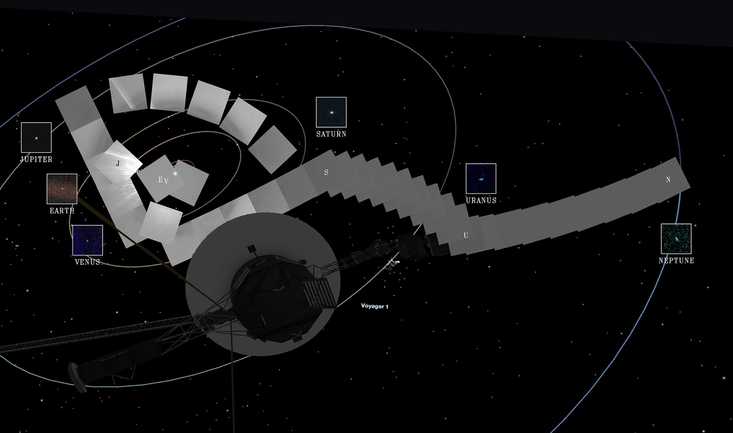Humans Can Learn Physics … But For Animals, It’s A Matter Of Instinct
Nature is full of unmistakable examples. Giphy
Giphy
If you have a cat, you’ve probably observed it taking a few moments to determine the best way to jump from one surface to the other. It might appear that the animal is performing some calculations to ensure a proper landing — and scientists say that might not be too far from the truth.
Physics in the animal kingdom
Cats offer several great examples of how the laws of physics dictate instinctive behaviors, even when they seem to violate Newton’s laws of motion by always landing on their feet instead of falling straight down.
But physics is also hard at work in the behaviors of creatures from the microscopic to the gigantic.
The authors of a recent Annual Review of Condensed Matter Physics report explained: “Living organisms are … systems whose actions are constrained by physics across multiple length scales and timescales.”
Insects and other small animals can walk up walls or on ceilings because the laws of physics dictate that atoms have sufficient attractive force between each other to sustain the weight.
Birds instinctively know that twigs offer the flexibility necessary to build nests and prairie dogs don’t have to be taught how to construct burrows that allow enough air to breathe.
Evolution does its job
Much of the evidence that physics is a dominating force in the animal kingdom comes not from what these creatures do, but how they’re designed. Over the course of eons, different textures and unique capabilities have evolved to help animals make the most of their specific habitats.
And the authors of the aforementioned report acknowledged that there’s a lot more to uncover, writing that additional research will “aid in the discovery of new physical laws for behavior that nature has figured out but that we have yet to uncover or fully understand.”
 Why Is The Aging Voyager 1 Probe Sending Back Incoherent Communications?
It's been speaking gibberish for a few months and officials are concerned.
Why Is The Aging Voyager 1 Probe Sending Back Incoherent Communications?
It's been speaking gibberish for a few months and officials are concerned. One Woman’s Massive Donation Is Wiping Out Tuition At This Medical School
Her inheritance came with the instruction to do "whatever you think is right."
One Woman’s Massive Donation Is Wiping Out Tuition At This Medical School
Her inheritance came with the instruction to do "whatever you think is right." Woman’s Pets Will Inherit Her Multimillion-Dollar Fortune, Not Her Kids
It's not the first time four-legged heirs were named in a will.
Woman’s Pets Will Inherit Her Multimillion-Dollar Fortune, Not Her Kids
It's not the first time four-legged heirs were named in a will.